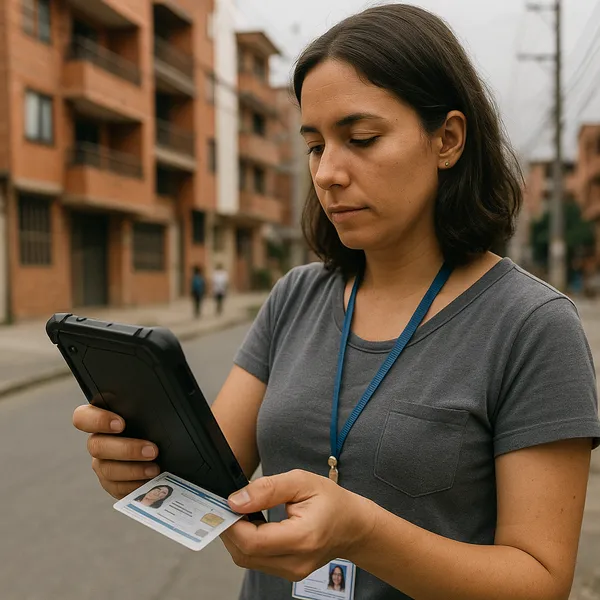Addressing Global De-Risking - Financial Access and Remittance Corridors
Published on: Mon Feb 09 2015 by Magali Van Coppenolle
Yet again, we see a scramble to find stop-gap measures to address what remains a structural problem; the lack of robust financial sectors in the many poor countries.
In this note we discuss the underlying causes for the remittances problem and propose structural and sustainable solutions, and how to prioritise and sequence them.
For such complex problems, it can be helpful to apply a framework from the strategy practices, which may help decision makers more clearly prioritise and sequence initiatives. The challenge is enormous, but the work has to start sooner rather than later.

1. Commercial banks have taken a stop-loss approach in dealing with remittances flows
The immediate trigger is that commercial banks regulated in the U.S and the U.K., and probably soon elsewhere, find it increasingly difficult to reconcile requirements of the anti-money laundering and terrorism financing provisions with the money transfer business models. Vigilance in the enforcement of the integrity of AML regulations is increasing.
The tide has been pulling out for some years, yet, somehow we seem surprised as the water keeps withdrawing and we find ourselves exposed. Time to get dressed.
The immediate problem is about remittances. The “lifeline” for migrants to send money back home. This is serious enough; however, one should also be nervous about the fragility of the channels for the larger trade and institutional flows. This includes transfers to government and large business. International prime banks are reluctant to engage with Somali transfers, even in institutional, official and highly controlled transaction arrangements.
The position taken by the commercial banks is that there is a risk that end-users of the financing cannot be credibly identified, the integrity of the whole value chain cannot be ascertained, and that back-office operations of remittance agencies-in particular their netting of financial flows- is not compliant with todays standards of transparency and control. They are probably right.
Indeed, when assessing the regulatory risks of financial transfers to Somalia, most will conclude that the risks are higher than almost anywhere else. While the risk universe is not unique for Somalia, most banks still tend to conclude that the risks are especially high. This is related not only to the lack of formal and official financial governance arrangements but additionally to more subjective and discretionary assessments of the general control environment and reputational risks.
2. The global money transfer businesses are highly complex, making a complete stop of practices unlikely
Against all this, it is important to note that the global money transfer business is based upon ancient technologies. It is highly adaptive and therefore difficult to stop altogether. Financing is likely to trickle through, but at a higher cost and at reduced volumes. The enforcement of regulations will have an effect but will not be able to completely stop the practice. And indeed, there are competing objectives and some good reasons for allowing low cost transfer modalities to reach the global unbanked populations. Worryingly for regulators are also scenarios where transfers will continue, but increasingly under the guise of other trade flows, both regular and fraudulent. There are few meaningful methods for supervisory authorities to gain insights into such flows.
In light of this, here are some strategic perspectives on initiatives to resolve the underlying problems. Note that these are not quick fixes, but rather structural and sustainable solutions.
3. Familiar actions with highly predictable outcomes are currently being ignored
In the strategic framework below, we distinguish between actions that are familiar and have highly predictable outcomes, benefits and costs; and those actions that are more uncertain. There is also a time dimension. Good strategies address the familiar and predictable actions short-term, and work to address more uncertain initiatives, and align them to become big-bets for the longer term.

Familiar and predictable actions over the short term include mostly addressing institutional and financial governance issues in such countries. Practically, this involves formalizing the financial sector, defining the regulatory environment, passing of the AML law and related issues, issuing modern regulations for banks, developing effective financial supervision authorities, whether within the Central Bank or outside, building institutional capacity with the regulatory institutions, and an effective communication strategy around this. These are exactly the type of actions that would lower the risks from the perspective of compliance officers in international banks. They would also contribute to meaningful development of the financial sector in Somalia for the longer term.
There is extraordinarily little focus and attention to these issues in spite of their being the most familiar and predictable actions. There are some developments, from both government and international partners, but given the importance of the problem, the efforts are marginal and activities in the pipeline are grossly insufficient. This is the area to which Government should start paying attention.
On the other hand, many resources are directed towards short-term, but highly uncertain actions, such as the “safe-corridors” concepts. While these efforts may be useful short-term, the expected outcome is highly uncertain and indeed may not work at all. Such actions are also costly and have little benefit to broader institution building needs.
Longer-term actions include developing the financial infrastructure, payment infrastructure, settlement and clearing systems and other structures -to ease the flow of money in the economy. This also includes the financial supervisory institutions. In most such countries, very little exists in terms of infrastructure, and more worryingly, there is a marked lack of initiatives to start re-building it. Technically this is more complex and costly but the risks are also low. Such approaches are familiar strategies with much certainty about the expected returns.
A unique strength of the financial systems in such countries is the existence of several relatively legacy financial institutions and technologies. There are i.e legacy Hawala institutions with incredible distribution networks and efficiencies. There are also more recent new entrants to the market in the form of banking institutions designed around international standards from the start. There is every possibility to build upon these strengths and create a solid basis for the future.
There are also other longer-term initiatives that should be part of the strategy. These include efforts to reach the unbanked population, broaden the reach of financial institutions, introducing national identification and authentication measures, and more importantly, initiatives around effective engagement of the telecoms companies to find ways to bring the mobile-money business into the fold. These strategies are more uncertain and will require more preparation. However, at this stage one should start by taking initial actions to reduce the uncertainty, and help make these initiatives more practical and achievable for the longer term.
By @ivarstrand founder and Managing Partner @abyrint. and Magali van Coppenolle, Senior Associate with Abyrint, also contributed to this article.
Update: The Federal Government of Somalia presented its strategy for dealing with the problem at the Spring Meetings of the World Bank and the IMF during 2015.
Abyrint has also been chosen to support developing capability for supervision of the financial institutions in Somalia. Its a unique assignment under extraordinary difficult circumstances.



